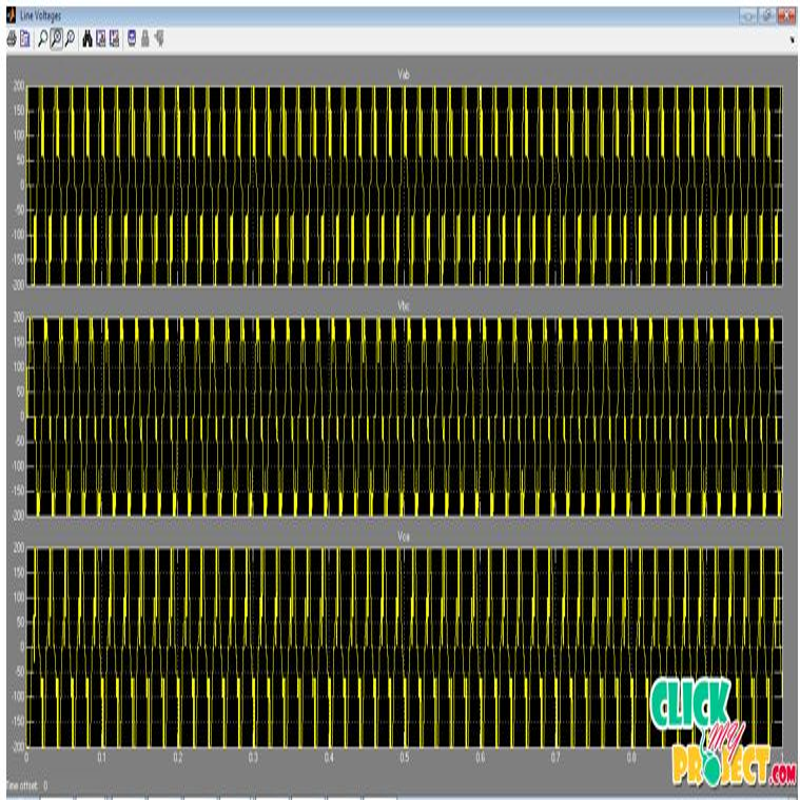Multilevel voltage source inverter with optimised usage of bidirectional switches
₹3,500.00
10000 in stock
SupportDescription
Multilevel inverters helps in producing stepped output waveform which results in higher output waveform quality and lower distortion. The first ever introduced topology is the series H-bridge design. This H-bridge topology was followed by the diode-clamped inverter which utilizes a bank of series capacitors to split the dc bus voltage. Hybrid multilevel converters have been presented. In the hybrid topologies, the magnitude of dc voltage sources are unequal or changed dynamically depending upon the need. These converters are very efficient in the size and cost and improve the reliability since less number of semiconductors and capacitors are used in this topology. Multilevel inverter technology has emerged recently as a very important alternative in the area of high-power medium-voltage applications. Researches are going on to improve their capabilities further through optimized control techniques, and to minimize both component count and manufacturing cost. The multilevel inverter has been implemented in various applications, such as motor drives, power conditioning devices, renewable energy generation and distribution. PWM inverters can simultaneously control output voltage, frequency and it can reduce the amount of harmonics in output current which results in better THD content. In our proposed we design the multi-level inverter by reducing the complexity and level of line-voltage to reduce the harmonic. In our process we use the three phase, six switch, and full bridge configuration. In our proposed reduce switches and increase the levels in inverter. That inverter design is help to reduce the harmonic in normal and that result was analysis in MATLAB Simulink model.




